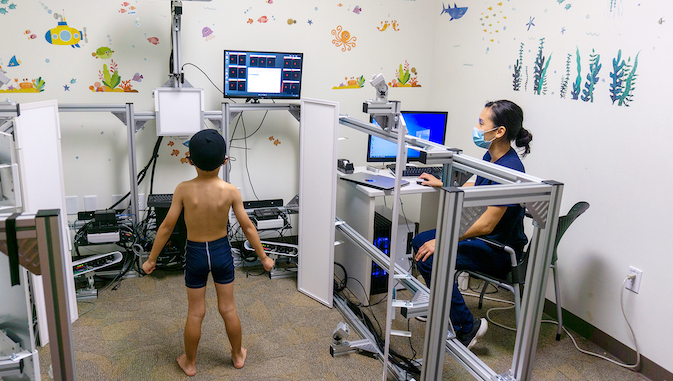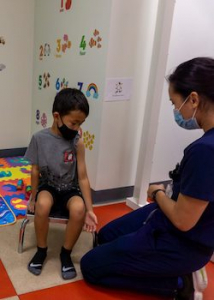
Obese adolescents have their most rapid weight gain before the age of five and are usually already obese by that age. Due to limited pediatric obesity research and lack of appropriate body composition technologies, University of Hawaiʻi Cancer Center researcher John Shepherd was awarded $3.1 million from the National Institute of Child Health and Human Development to discover body composition technologies that can detect health outcomes of obesity among young children.
- Related UH News story: $3.1M to advance pediatric obesity research, January 20, 2022

Shepherd’s team hopes to recruit 360 children ages 0 to 5 years old for a study, Shape Up! Keiki, to create advanced body shape models using 3D scans.
These scans will provide detailed descriptions of how body shape and composition are related to obesity-related risk factors, including high blood pressure, increased cholesterol levels, and risk for developing cancer among children in Hawaiʻi and the Pacific.
“The inclusion of our diverse population in Hawaiʻi for this specific study will help us to more fully understand the extent of health inequities and the mechanisms in which to address them,” said Shepherd.
Recent research suggests that interventions to prevent obesity and metabolic diseases later in life need to be implemented in early childhood. Studies such as Shape Up! Keiki are needed to explore innovative technologies to assess and understand the risk factors of metabolic diseases.
Parents who are interested in enrolling their children in the study can visit the study website for more details. To contact the study team, call (808) 440-5234 or email bodycompstudies@cc.hawaii.edu.

